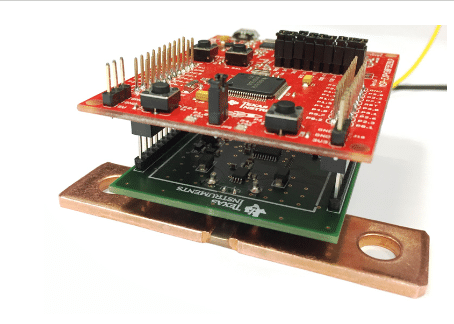This article is part of TechXchange: Chiplets – Electronic Design Automation Insights.
What you’ll learn:
- Why are chiplets important?
- Where do chiplets stand now and where are we headed?
Multi-die systems utilizing technologies such as chiplets and the Universal Chiplet Interconnect Express (UCIe) are essential to deliver high-performance solutions as well as compact applications that require a mix of different technologies like memory, compute, and analog. Advanced packaging fosters die-to-die, die-to-chip, and chip-to-chip solutions often referred to as chiplet technology.
Chiplets are used regularly in high-performance solutions where the cost of using new technology is offset by cutting-edge performance. NVIDIA’s latest Blackwell GPU and AMD’s Ultrascale FPGAs are examples of chiplet-based solutions that incorporate features like high bandwidth memory version 3 (HBMv3) to deliver the speed and capacity that would not be possible with a single monolithic chip.
I hosted the Chiplets in 2029: How We Get There webinar at this year’s Chiplet Summit, where we talked about chiplet-related technologies such as UCIe and interposers. We’re just at the start of the chiplet revolution, but it will be getting more affordable and gaining wider support. It can potentially reduce the cost of developing a new chip while offering a way for companies to deliver their intellectual property (IP) in the form of a chiplet.
Though the comparison of integrated circuits (ICs) and printed circuit boards (PCBs) to chiplet technology is easy to understand, the comparatively low pin count of ICs pales in comparison with a die-to-die connection that might include thousands of connections. There’s also a variety of techniques that enable connecting from the Intel/Altera Embedded Multi-die Interconnect Bridge (EMIB) to vertical stacking with direct bonding.
The idea of a chiplet store is still that—an idea—but it may play out within the next decade. Designing a chiplet may be easier than a very large SoC, though not by much. While EDA remains an expensive game, it’s one where utilizing the latest chiplet technology can have a big payoff.
Read more articles in the TechXchange: Chiplets – Electronic Design Automation Insights.






